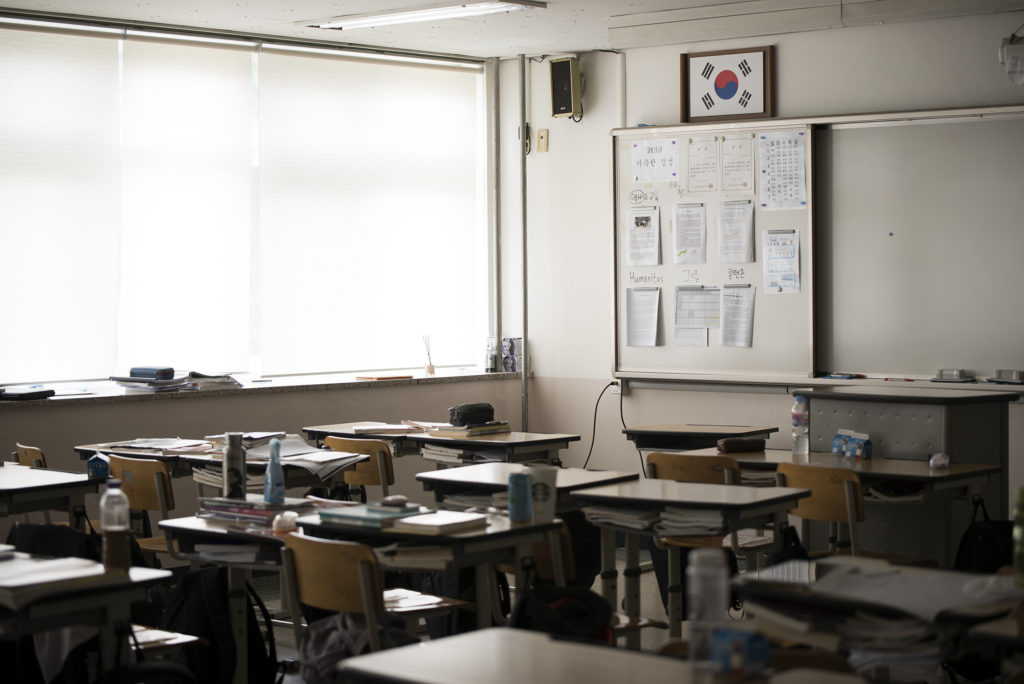The Peninsula
Seoul’s Data-Driven Priority Setting

What Happened
- South Korea plans to resume in-person classes for all students in the fall.
- Ahead of this full reopening, the government expanded the maximum in-person attendance for middle school students in the Seoul metropolitan area in mid-June.
- This decision comes on the heels of a new study that showed declining academic achievement levels among some middle school students.
Implications: The South Korean government defers to data when determining public policy priorities. Case in point, figures suggesting a widening achievement gap between middle school students spurred the Ministry of Education (MOE) to increase in-person attendance of middle school students. With complementary data on the relatively low levels of recent COVID-19 transmissions, the government appears to have shifted its focus from public health concerns to educational issues. However, there are questions on whether the government has the infrastructure to accommodate a pivot within this short period of time. While the government plans to provide more testing equipment for these students, inoculations for younger people are not set to start until July. Moreover, teachers will not be given priority in vaccinations despite their heightened exposure.
Context: South Korea’s highly centralized education system sometimes hinders its schools from being flexible. For example, public schools’ dependence on the central government guidance may have impeded schools from experimenting with creative ways to engage in digital education at the onset of the pandemic. In addition, measures to ensure that every elementary, middle, and high school had access to remote classes were determined by the MOE. Similarly, it was the MOE’s decision to expand in-person attendance for middle schools in the Seoul metropolitan area. This top-down approach leaves questions on whether individual schools are able to appropriately accommodate local conditions.
This briefing comes from Korea View, a weekly newsletter published by the Korea Economic Institute. Korea View aims to cover developments that reveal trends on the Korean Peninsula but receive little attention in the United States. If you would like to sign up, please find the online form here.
Korea View was edited by Yong Kwon with the help of Sean Blanco, Marina Dickson, and Jina Park. Picture from the flickr account of Daniel Ra
